Knife Reviews
Ontario RTAK II Knife Review
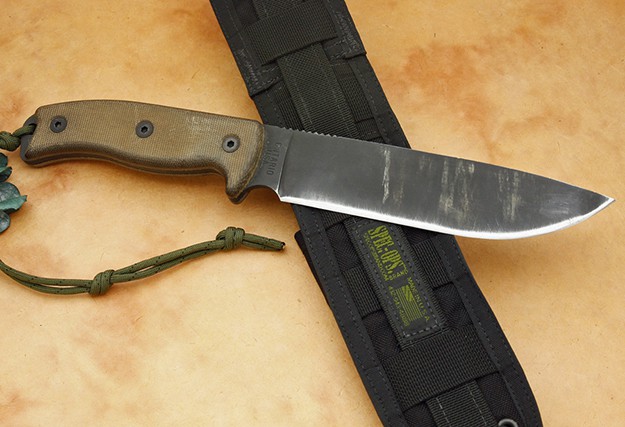
In previous articles, we discussed choosing a fixed blade survival knife:Part 1
A knife is one of the more important pieces of equipment you can have with you in a survival situation. As such, a good, survival appropriate, fixed blade knife is your best choice for inclusion in a survival kit or BOB (Bug Out Bag) or equivalent, and/or to be strapped on when an emergency is likely. In this article, we will consider another contender for “Best Survival Knife”.
As mentioned in the general articles, there are two classes of fixed blade knife which can be appropriate for survival scenarios, the “bush” (medium) knife and the “field” (large) knife. This knife belongs to the field class.
Why did I consider RTAK II?
Ontario Knife Company is another historic U.S. company, which started producing knives in 1889. They have produced many knives used by U.S. armed forces, including the M7 Bayonet, the M3 Navy knife and perhaps their most iconic knife, the Pilot Survival Knife. In 2002, they formed an exclusive collaboration with Randall’s Adventure and Training (RAT). Randall’s Adventure and Training is a professional survival training, expedition guiding, and outdoor gear research team based in Alabama, with operations in Latin America. It is led by Jeff Randall and Mike Perrin. The Ontario RAT line includes some models which appear to be good choices for survival. As an aside, Randall’s Adventure and Training is now known as ESEE, which also offers a line of survival appropriate (and other) knives intended to be more “custom-like” than the mass produced Ontario knives.
A while back, I reviewed the RAT-5 bush knife and found it to be quite satisfactory. At the time, I mentioned the field version of this style, the RTAK II, and promised a review when a good price was found. Well, it seems to be the “season” for good prices on field knives, and I did manage to get a RTAK II.
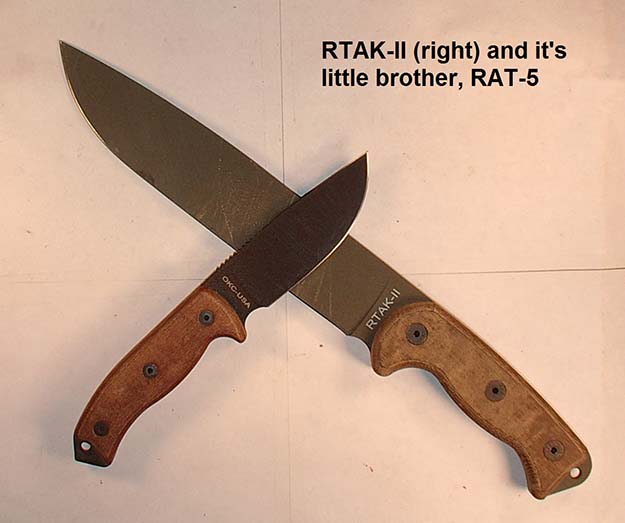
The Specs
| Blade Length | 10.5″ | Overall Length | 17″ | |
| Blade Width | 2″ | Weight (Knife Only) | 22.6 oz | |
| Blade Steel | 5160 | Grip Material | Micarta | |
| Blade Shape | Drop Point | Guard Type | Half, Molded into the tang and grip | |
| Blade Grind | Flat | False Edge | No | |
| Blade Thickness | 0.2″ | Spine “Jimping” | No | |
| Choil | Sort of | Lanyard Hole | Yes | |
| Made in | USA |
Special Features: Textured Powder coating on the blade; serrated version available
Initial impressions
This is a BIG knife. That is good; it is what we are looking for. Unfortunately, the grip is bigger along with the rest of the knife, and my very first view implied that even with my big paws, I might not be able to hang onto this brute. Trying it, though, I found that it was comfortable and secure in the hammer, saber, Filipino, upside down and reverse grips. The true sideways grip was unusable; neither comfortable or secure, but if you move the hand back a couple of inches and hold the knife by the rear portion of the grip, a sideways-like grip becomes tolerable. Astoundingly, the balance point is right at the guard, which is quite unusual in a field knife. That big grip must be really heavy to balance the long blade. This balance point may affect the knife’s chopping ability, which would be a problem since that is one of the key reasons to have a field knife. Be aware, if you modify the sideways grip as described, the knife then becomes blade heavy. Of course, a static blade forward balance is common in a field knife; you just have to get used to it. In this case, switching back and forth between balance points (dynamic balance points) may pose problems for some people.
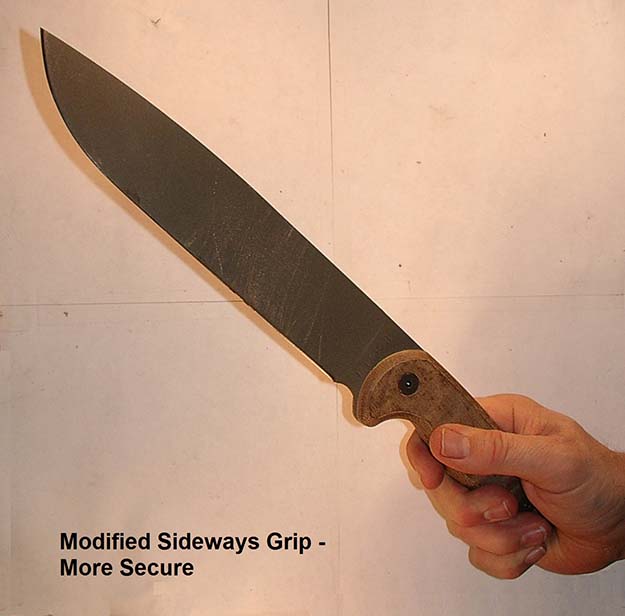
Of course, someone with small hands might not get along with this knife at all. For those it fits, the grip material is a bit more slippery than I like, but actually is less slippery if the hand is wet, and is not any more slippery with a bit of oil on the hand. Better grip panels might be helpful, but it does not appear they are removable, so any modifications would have to be done “in situ”, and a screw-up would be a serious problem. A less difficult, less risky option might be to wrap it with “grip tape” from your favorite tennis or sporting goods shop.
The choil is a bit odd. It is almost a finger choil; not very deep but wide enough. And it is sort of a sharpening choil; the edge almost goes into the finger choil, but not quite. This makes it slightly less dangerous to use the choke grip than some knives of this design, and a bit less convenient when sharpening than those where the blade edge runs straight into the choil. Perhaps it will prove to be a useful design.
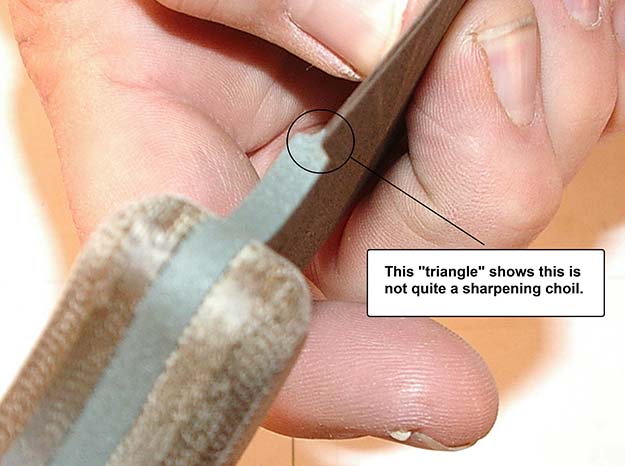
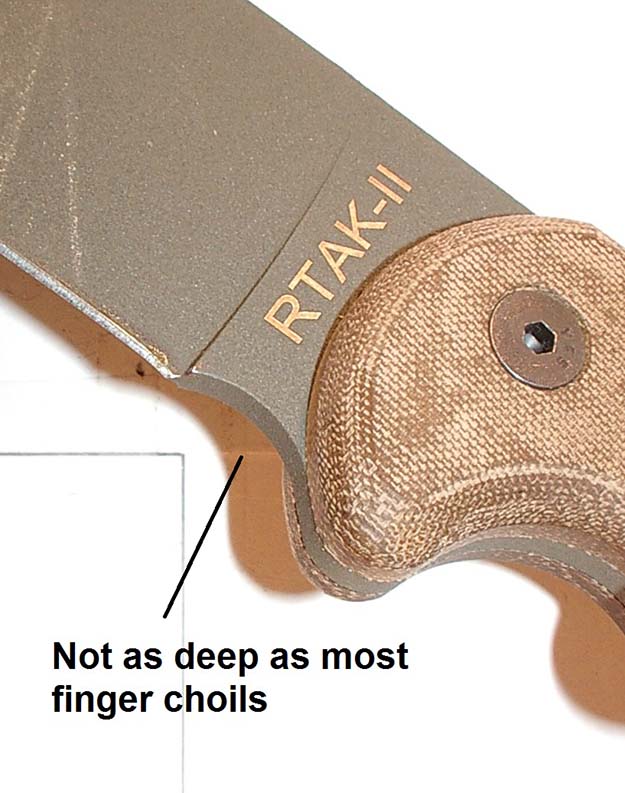
The edges of the spine are not noticeably rounded, but they do not appear sharp enough to be useful.
The blade coating is quite rough and does not reflect light. It might affect stabbing and deep slicing performance.
The lanyard hole is nicely sized, with a decent chamfer on the edges, so lanyard wear seems unlikely.
The end of the tang is exposed and seriously rounded, so is not optimal for non-lethal combat or a glass breaker.
The sheath, like the knife, appears to be mostly superior with a few quirks; it should be at least adequate for most uses. Retention seems to be superior.
Based on history, specs and appearances, I have high hopes for this knife.
The Steel
This is made of 5160 “spring” steel, a premium carbon steel. It is primarily known for it’s toughness, as well as improved edge retention. It is at it’s best for extended use when hardened to near 60; this knife is advertised to be hardened to 54-56, which may or may not turn out to be a tad soft. In any case, it does rust easily, so it would be wise to protect the edge and any place where the blade coating has been etched or scraped away. Protect it from getting wet, and if it does, dry it off as quickly and thoroughly as is practical.
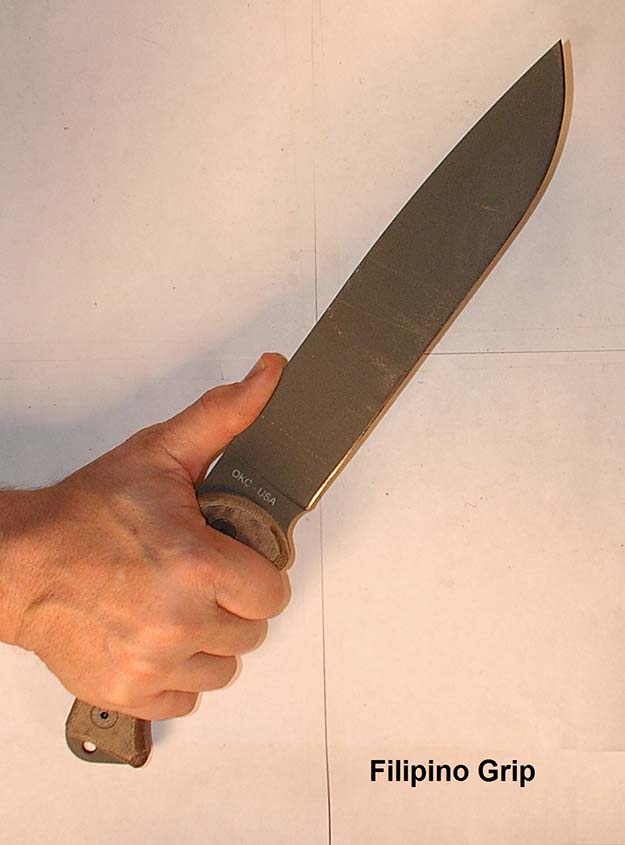
The knife came usefully sharp; able to slice paper easily. My Pocket Pal did not seem to sharpen it any, while my old Brass Rat got it a little sharper, but not to razor sharpness. This should not be a problem for a field knife. And 50 slices through cardboard did not have any noticeable effect on the sharpness.
To summarize, it appears that the steel has low rust resistance (compensated for somewhat by the blade coating), high strength, good edge capability, good ease of sharpening, high resistance to chipping and excellent edge holding capability.
Evaluation
General tasks
- Cutting cord – This is often necessary during construction of shelter, fishing, sewing and making snares and traps, as well as other times. Since this is not a primary function of a field knife, I only tried the toughest I have, 3/4″ Sisal, and this knife took a lot of sawing to get through it. Touching up the sharpness with the Brass Hat helped some, but it still did not excel at this.
- Making notches in branches – This could be required for shelter construction and making snares or traps, as well as other times. This knife did a decent job of this, although it was a bit unwieldy.
- Trimming/Sharpening/smoothing branches – This would be for shelter construction, as well as making arrows, spears, stakes, walking sticks and even bows. This did a good job at smoothing and trimming and a reasonable job of sharpening.
- Pounding in stakes – This could be required for making shelters, snares and traps. There is a flat area on the pommel, but is it at an angle and less than 1/4″ wide; the last time I tried hammering with a pommel like this, I ended up with a hole in my little finger. You might be able to perform this task, but the odds of doing damage to yourself seems too high for a survival situation.
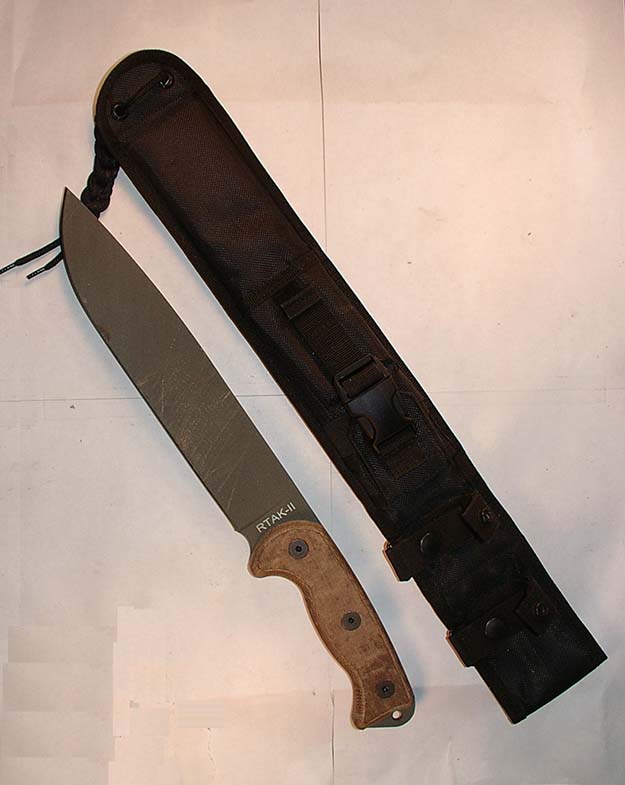
Firemaking
- Use with a magnesium bar or ferrocerium rod is fine using the edge of the blade; it shaves and sparks well, with no visible damage to the blade. Using the corner of the spine for this to spare the edge is not possible without modifying the spine to have a sharper edge and no coating, which would seem to be of limited practicality.
- When making a “feather stick”, I found that this, like many field class knives, has a large amount of inertial which makes it a challenge to keep from completely separating the “curl” from the stick.
- Drilling a hole (for a fire drill) was moderately easy; the hole was not quite as wide as I prefer, but it was adequate. The tip is a bit narrow, but with the toughness of the steel is not much at risk of bending or breaking.
- Batoning for access to tinder or making kindling from logs worked pretty well. It appeared that the textured coating did not have significant permanent marking from this (there were marks, but they appeared to mostly scrub off).
Food Gathering/Preparation
- Not really appropriate tasks for a field knife, so I didn’t bother testing it. It is reasonably balanced for these tasks, but the blade length may make it inconvenient for these tasks. Still, the tip and blade shape may make it possible to use it for these purposes if necessary.
Chopping
- Sticks or fronds – For shelter and other construction, splints and firewood. This did a good job at chopping, although a more slip resistant grip would help.
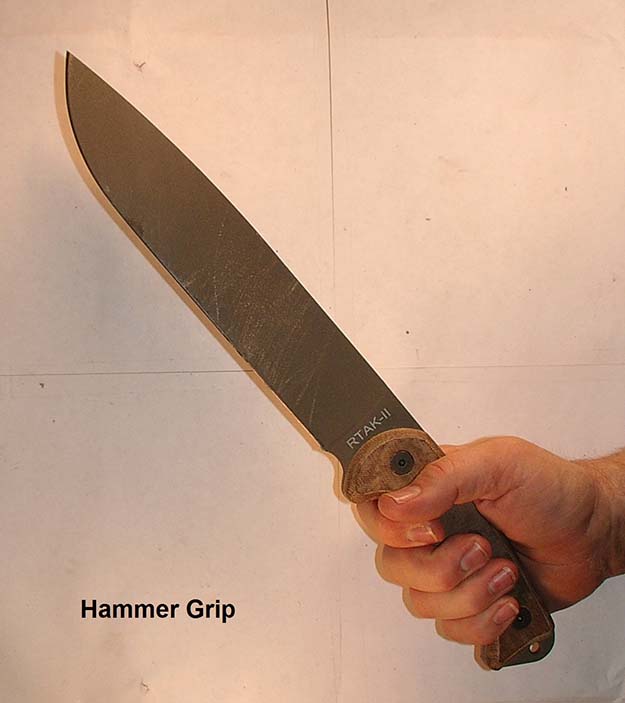
Defense
- The blade is plenty long (perhaps too long for some styles), and the tip is decent for combat. The problem is the grip which may be too big and a bit too slippery, as well as not providing any defense from your opponent’s blade. If you use the sideways grip, this will probably not be satisfactory, but any other standard combat grip may work fairly well. An advantage of the saber, hammer and reverse grips is that the knife does not have the blade forward balance typical of field knives to have to get used to. The blade length and weight is a trade-off; it allows you a bit more distance from your opponent, but slows you down a bit. This can be a positive against a dangerous animal, but can be a disadvantage against a person armed with a more nimble blade who knows what they are doing. It is possible the blade coating is so rough that it might inhibit ease of stabbing or deep slicing. All in all, this would not be a top choice of mine for defense, but for some people or some cases, this could be quite effective. The end of the tang extends past the grip, but it is quite rounded, so it is unclear how effective it would be as a “skull-cracker”.
Sheath(s)
The sheath version is a representative example of the nylon/polyester type, with one superior feature and a couple of minor quirks. There are two grip retention straps, snap closed, which work well. Like those on the RAT5, these straps are adjustable, but not reversible. The belt loop is sewn in, and is a little floppy; you will need to thread it onto your belt. On the back is a full length Molle attachment using two sequential connection straps. The blade liner appears to be thick enough, but is not fitted, meaning this rattles a bit. The sheath has an additional inch of just nylon which makes the sheath a bit flimsy at the bottom. On the plus side, putting the knife in backwards for a left hand carry is no problem. There is a small pouch on the front, with a flap, but the flap sticks up an inch over the top of the pouch, so smaller items might be at risk of falling out. There is a pair of eyelets at the bottom with a length of paracord to tie around the leg if sheath flop is a problem.
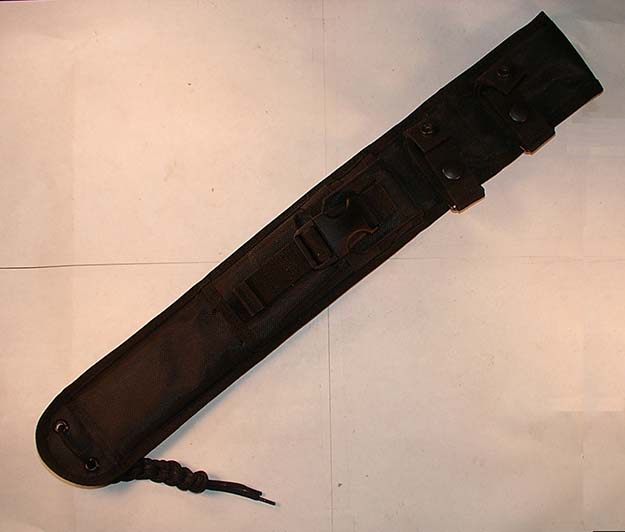
Accessories
A variety of custom sheaths are available.
Price and Availability
The list price of the RTAK II at this point in time is $174.95. Oddly enough, the Ontario web site offers it for $148.95, and you can generally find it on eBay for $95 or so at auction.
It is listed as being in stock at the company, and there are multiple people selling it on eBay, both at auction (possibly cheaper) and Buy It Now (quicker). It is also in stock at Amazon for a really good price ($80) for the straight edge version on Prime, but will have sales tax added on. The serrated version is not such a good price on Amazon.
Conclusions
This knife does a pretty good job at chopping and at least adequately at other tasks. As such, it would be a good choice as the field knife along with a good bush knife. By itself, however, it lacks “precision” and might not be efficient at some tasks. Even a good folding knife could pair with this knife. The sheath is pretty good, but hangs down nearly to my knee, and I’m not short. You might find that a custom sheath, riding higher, will work better for you.
The blade coating is obnoxious; pretty much every task I performed left marks on it. Fortunately, they mostly scrubbed off. That strange choil turned out to be useful for a choke hold (making sure NOT to grab hold of the edge) and did not have a significant negative impact on sharpening.
All in all, a knife that I wouldn’t mind having available, but not one that I’d want to carry. Perhaps in a vehicle would be appropriate.
-

 Do It Yourself7 months ago
Do It Yourself7 months agoParacord Projects | 36 Cool Paracord Ideas For Your Paracord Survival Projects
-

 Do It Yourself9 months ago
Do It Yourself9 months agoHow To Make Paracord Survival Bracelets | DIY Survival Prepping
-

 Do It Yourself9 months ago
Do It Yourself9 months ago21 Home Remedies For Toothache Pain Relief
-

 Do It Yourself10 months ago
Do It Yourself10 months agoSurvival DIY: How To Melt Aluminum Cans For Casting
-

 Exports8 months ago
Exports8 months agoAre Switchblades Legal? Knife Laws By State

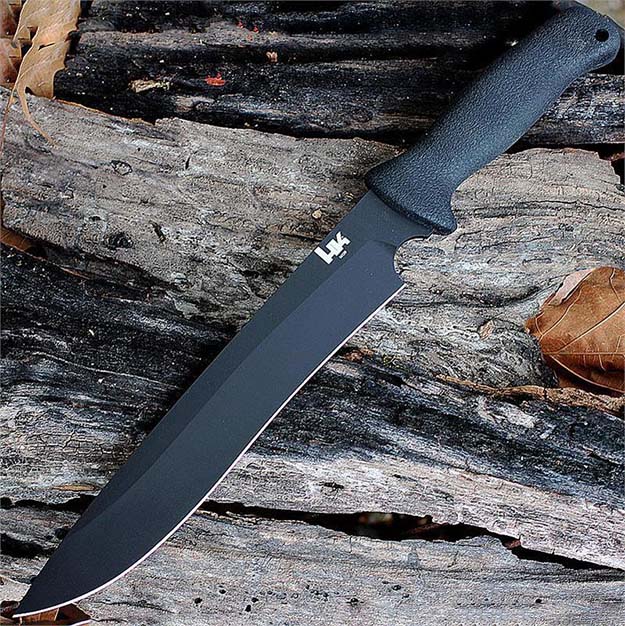
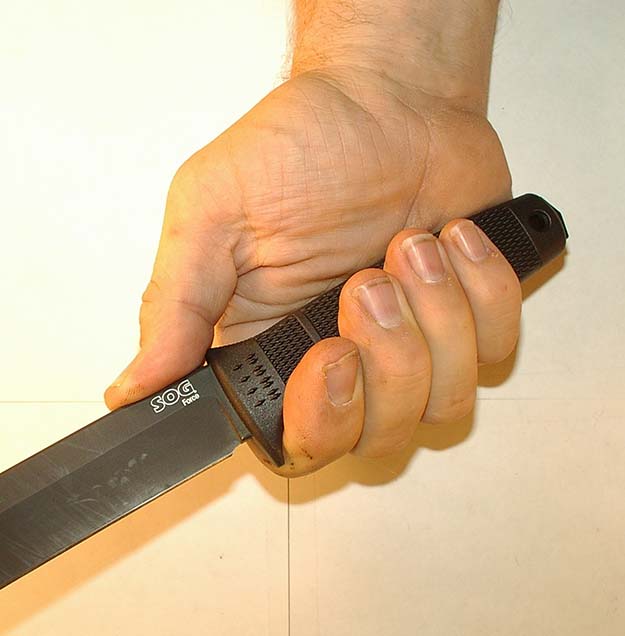
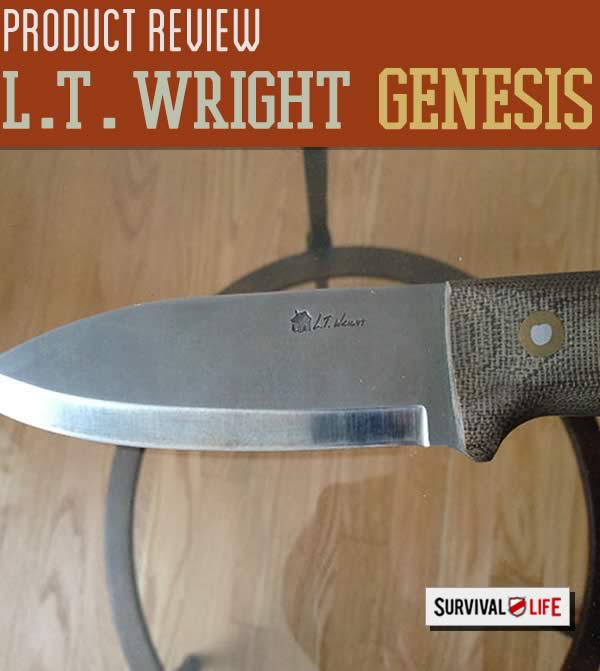
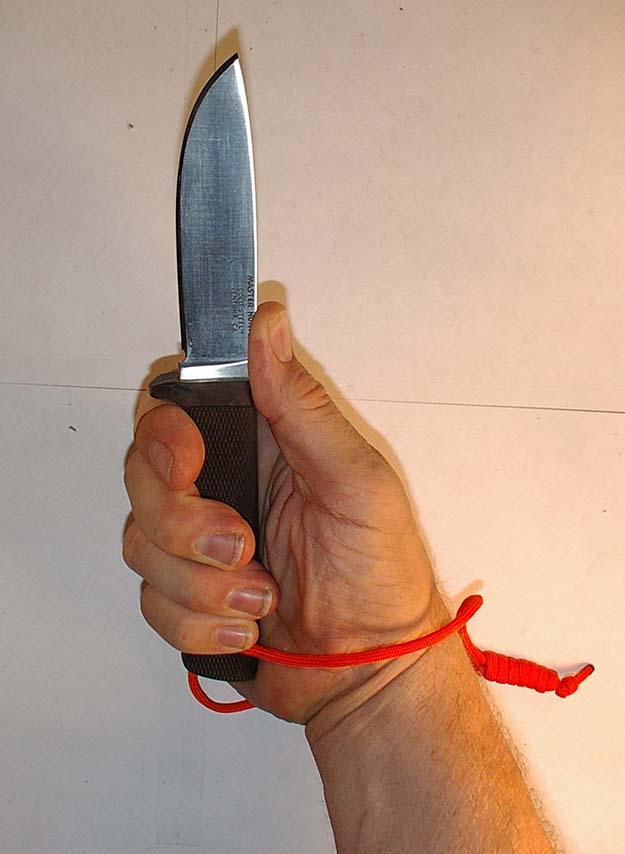
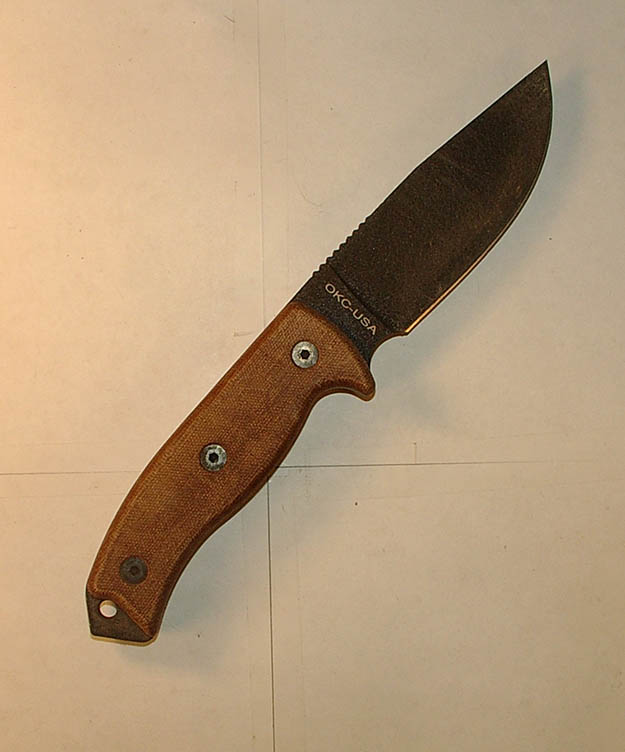
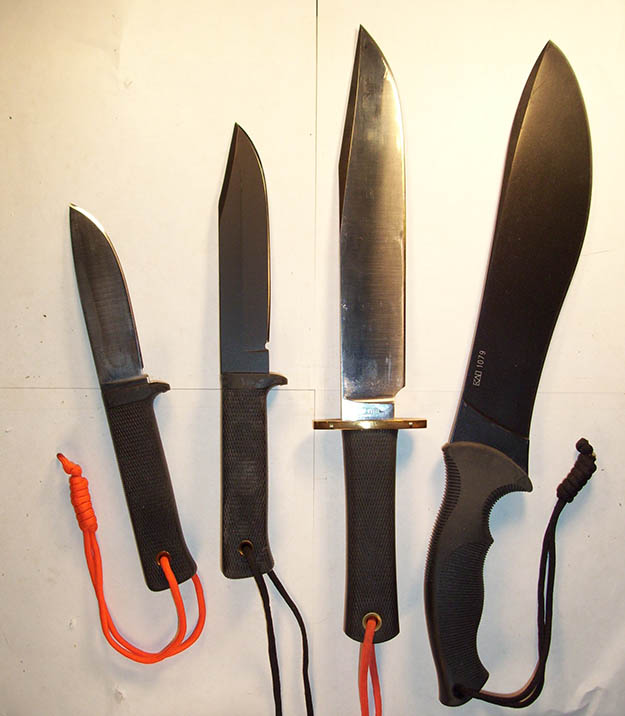

James
January 14, 2016 at 2:20 PM
I love this knife myself
Pingback: Some Field Knife Reviews | equippedcat
Pingback: 7 Fixed Blade Knives That Will Never Fail You In A Survival Situation | Survival Life